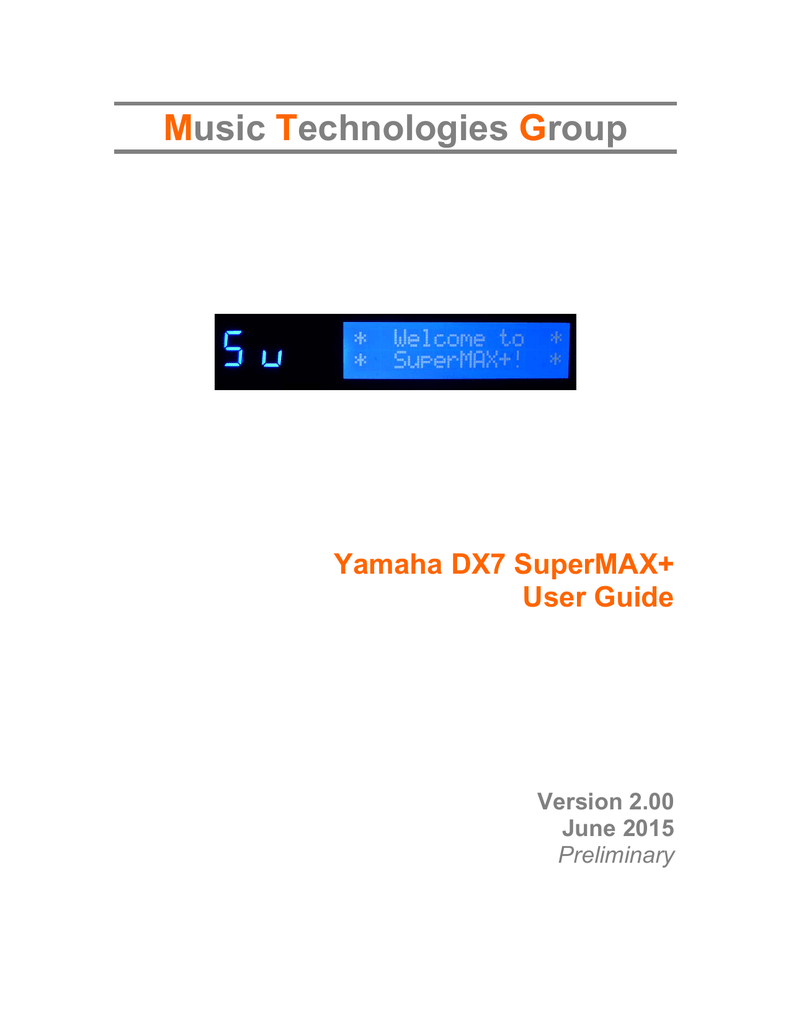
This returns us to the static honk we had before, which doesn’t sound particularly appealing. Turn Operator 2’s Fine knob back down so that F = 1. Using envelopes to create harmonic movement Turn up the Fine knob so F = 1.94, and we get something a bit more ‘Reese-y’.Ĥ. If you turn up Operator 2’s Coarse knob you’ll hear that the sound remains static but changes timbre, and using the Fine knob to detune the modulating operator slightly can give us a rhythmic beating similar to detuning two analogue oscillators. If that all sounds worrying complicated, fear not: all you need to know at a functional level is that changing the tuning of this operator affects the timbre of the operator that it’s modulating. Click the INIT button to the left of the patch name to initialise the synth.

However, we’re going to go straight to making our own sound. You can audition the presets by clicking the up and down arrows to the right of the patch name, or you can click the patch name to bring up the full list of presets. At the bottom left of the interface, you’ll see the name of the currently loaded patch, which is ‘1. Load Dexed up in your DAW, and you’ll be presented with the synth’s interface.

What’s more, it’s capable of loading DX7 patches, making it a fantastic free source of classic tones. Dexed is an open-source DX7 clone plug-in, and although its interface is still a little on the menacing side, it’s a vast improvement over that of the original hardware.


 0 kommentar(er)
0 kommentar(er)
